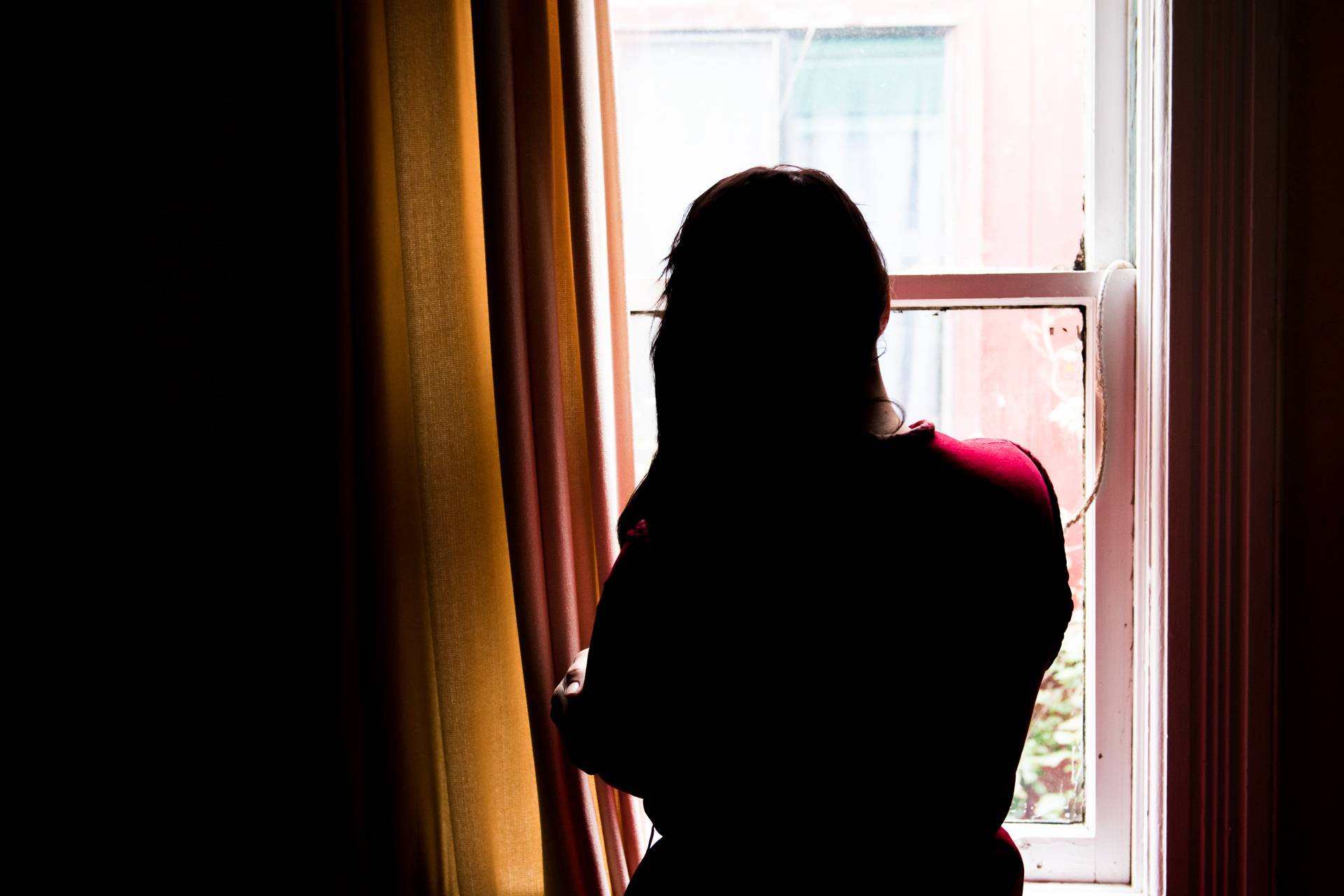For many survivors of domestic violence, sheltering in place can feel strangely familiar. Many survivors are targets of their abusers’ undivided attention — often controlling their every movement and isolating them from the outside world.
But Jill Zawisza, executive director of San Francisco-based nonprofit WOMAN, Inc. (Women Organized to Make Abuse Nonexistent), said that under normal circumstances, those experiencing abuse may have windows of time where they can leave the house and get a respite from their abuser.
"In your typical day, a survivor might be in a situation where they're in this cycle of violence," Zawisza said. "But they still need to go get their kids, maybe, or they still need to take their kid to school or they still need to go to work and run errands."
During those trips out of the house, survivors can call family members or service providers for support or shelter from the abuse.
But during a shelter-in-place order, those windows of time become much harder to come by.
"It kind of exacerbates the isolation and the options for a survivor to be able to get out of the house," Zawisza explained. "Certainly it's not impossible for a survivor to do that while there's a shelter-in-place order. It is just yet another obstacle in their way."
And while shelters are permitted to stay open under the shelter-in-place order, other services like crisis counseling and group therapy could be disrupted by the new rules.
Now, advocates are working to provide additional resources for people living in dangerous situations.
Remote Services
Since many organizations have suspended in-person services, several are using hotlines and other online tools to provide counseling. But providing remote support has its own challenges.
"It's really difficult if you're dealing with a survivor who does live with the person using abuse ... to have those confidential conversations safely. But we're trying to beef up our presence and gather up a lot of resources for survivors that exist in the community now and share them out," Zawisza said.
WOMAN, Inc. is currently providing:
- 24/7 support line services.
- Remote counseling via Zoom, Google Hangouts and over the phone in both English and Spanish.
- An online domestic violence support group.
Advocates are also looking into alternative shelter options for some.
"Programs are looking at how to utilize hotel or motel stays for survivors so that they have safe shelter if it's not possible for them to come into the traditional shelter," said Krista Niemczyk, public policy manager with the California Partnership to End Domestic Violence.
For example, the 20 furnished apartment units that San Francisco has allows survivors and their families, including pets, to stay for up to 90 days at no cost. The homes, which are located in several buildings throughout the city, were secured through a partnership with the real estate company Veritas.
Organizations that support survivors of domestic violence will refer clients based on availability. San Francisco officials say they're working on securing more housing.
Meanwhile, Erin Scott, executive director of the Family Violence Law Center (FVLC), said that they're working to continue providing legal services and crisis intervention services during the order.
"We are still answering our 24-hour crisis line, and we are continuing to provide legal services," Scott said. "As we learn more about the impact of the shelter-in-place order on the courts, we're having to figure out day-by-day how to modify those services."
For example, Alameda County courts have set up two drop boxes for people to file for temporary Domestic Violence Prevention Act restraining orders. One box is located at the public entrance of the Rene C. Davidson Courthouse in Oakland and the other at the public entrance to the Hayward Hall of Justice.
An order from the California Judicial Council on April 6 also extended the timeframe for restraining orders.

